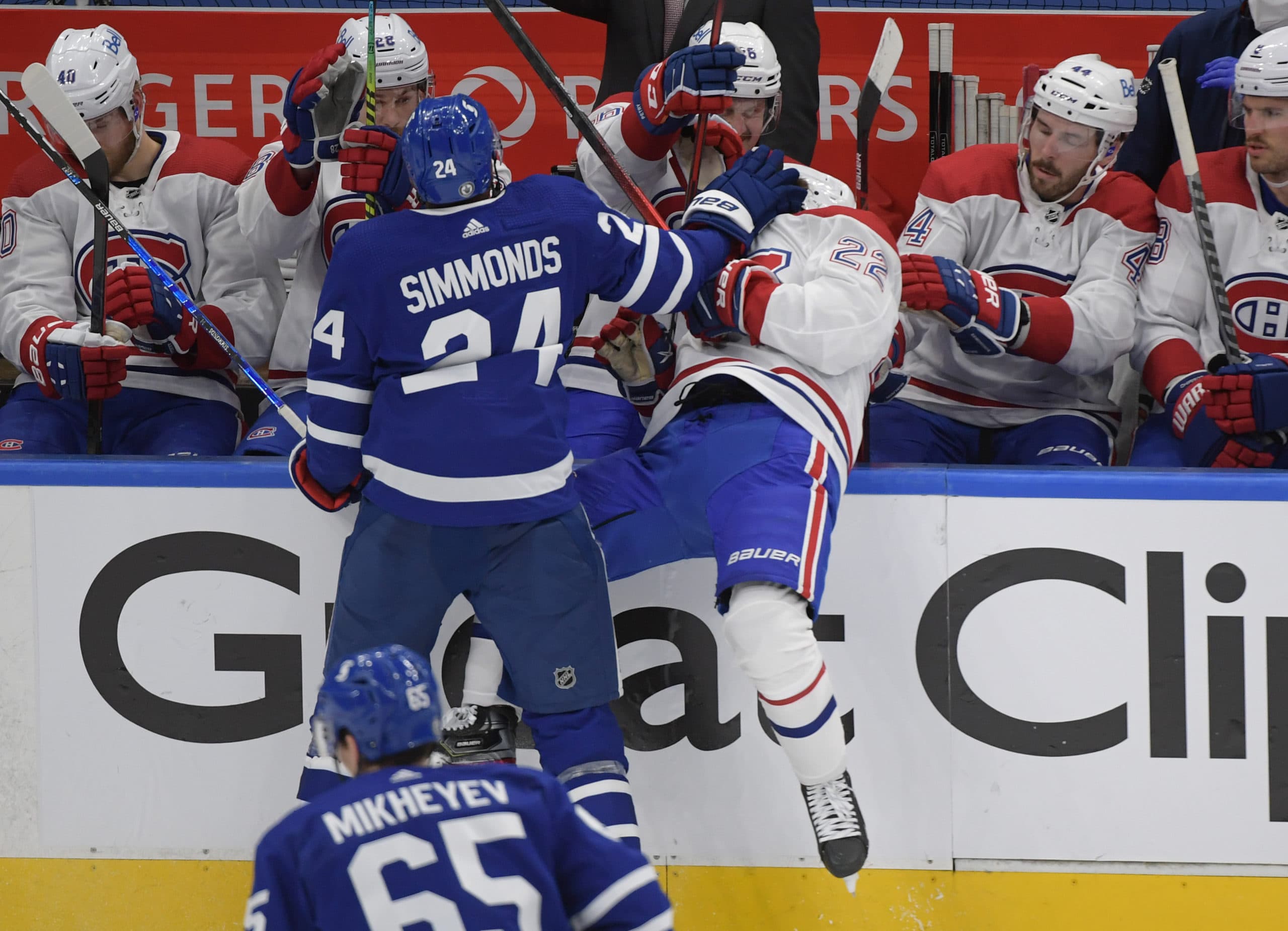The Leafs are hitting more, how much that matters remains to be seen
Photo credit: Dan Hamilton-USA TODAY Sports
By Jon Steitzer
Dec 1, 2021, 06:00 EST
Breaking News
- Craig Berube says Maple Leafs will consider lineup changes ahead of Game 5 vs. Panthers
- Around the NHL: Stars win Game 3 with controversial goal, Marchment slashes ref, Devils expecting major roster changes
- Panthers’ Sam Bennett, Paul Maurice not fazed by altercation with Maple Leafs at end of Game 4
- Joseph Woll discusses tight game, early penalties after stellar performance in Game 4 loss
- 6 takeaways from Leafs-Panthers Game 4: Woll responds as lone bright spot in losing effort
